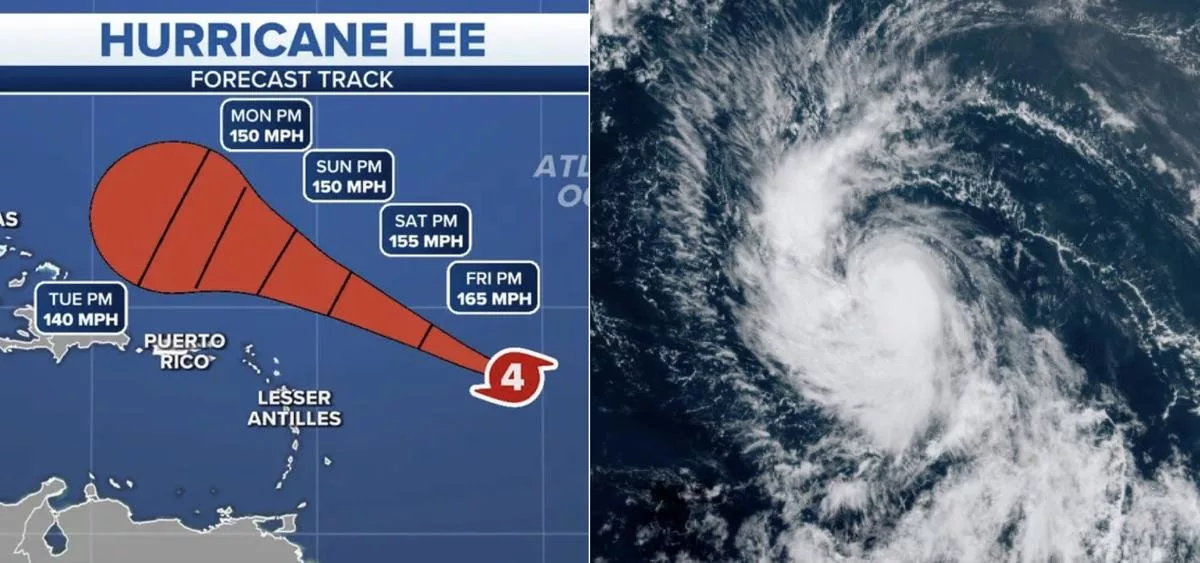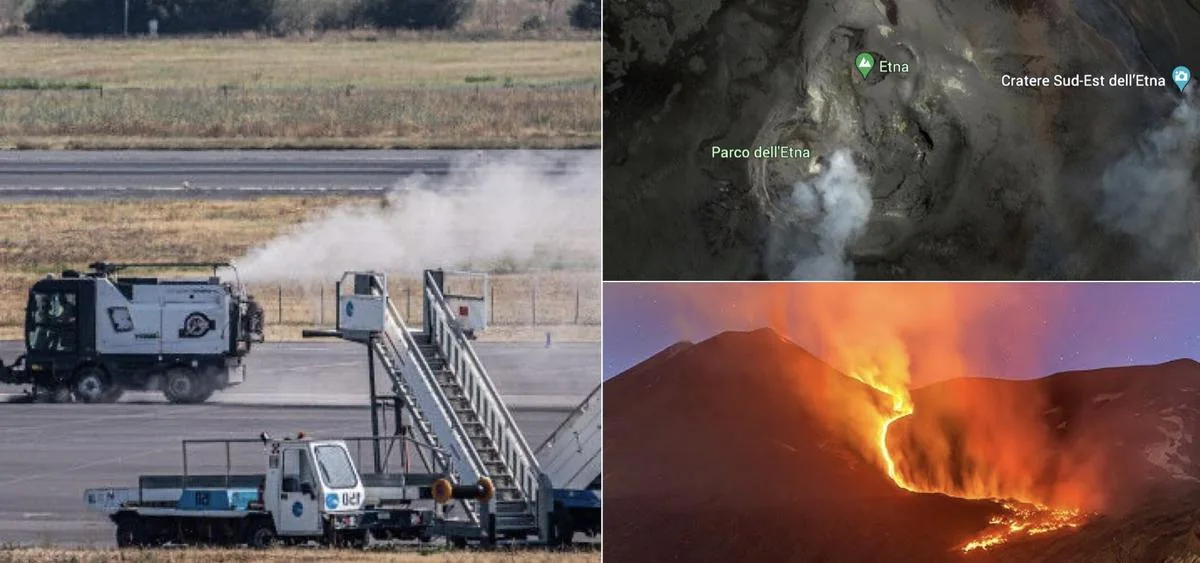Perucetus colossus Discovery Fossil of Massive Ancient Whale with Record-Breaking Size and Weight

Credits: Google
In a groundbreaking discovery, scientists have unearthed the fossilized remains of an ancient whale in the deserts of southern Peru, challenging the notion of the blue whale as the heaviest animal on Earth. Named Perucetus colossus or “the colossal whale from Peru,” this ancient creature might have been the heaviest animal ever recorded, surpassing the largest blue whales in size and weight.
Was this the heaviest ever animal on Earth? https://t.co/AzRA8f3Qqh
— BBC News (World) (@BBCWorld) August 3, 2023
The colossal fossil, discovered more than a decade ago by Peruvian paleontologist Mario Urbina Schmitt, consists of 13 vertebrae, four ribs, and part of a hip bone. After extensive research and analysis, scientists estimated that Perucetus colossus weighed between 85 to 340 metric tons(187,393 to 749,572 pounds), far exceeding the heft of even the largest blue whales, which weigh around 180 metric tons.
Dr. Giovanni Bianucci, the first author of the study published in the journal Nature, emphasized the enormity of the discovery. He explained that Perucetus colossus could have weighed nearly two blue whales, three giant sauropod dinosaurs (Argentinosaurs), over 30 African bush elephants, or as many as 5,000 people.
The fossilized bones of Perucetus colossus are remarkable for their density and compactness, a feature called pachyosteosclerosis, not found in any living cetacean. This density suggests that the ancient whale may have spent its time in shallow, coastal waters, using its heavy skeleton as a “ballast” for stability. Such adaptations are also observed in modern-day manatees and other marine animals that inhabit coastal zones.
The discovery of Perucetus colossus is part of an ongoing research effort that began in 2006 in Peru’s Ica Valley. The region has proven to be a treasure trove of fossil vertebrate assemblages from the Cenozoic Era, around 66 million years ago. Other significant finds in the area include Peregocetus pacificus, the most ancient quadrupedal cetacean to reach the Pacific Ocean, and the enormous macropredatory sperm whale Livyatan melvillei.
Perucetus colossus’s discovery challenges our understanding of animal evolution and the timeline for gigantism in whales, which was previously thought to have emerged only 4.5 million years ago. The new found fossil offers a glimpse into the diverse range of body forms that evolution can produce, expanding our knowledge of Earth’s ancient inhabitants.
As researchers continue to explore the desert of Ica, further discoveries may shed light on Perucetus colossus’s life history and its role in the ancient marine ecosystem. The ancient whale’s immense size and unique skeletal characteristics make it a testament to the astonishing diversity of life on our planet and a window into a distant prehistoric era. The fossil’s ongoing study promises to reveal even more details about the extraordinary evolutionary history of cetaceans, pushing the boundaries of our imagination and understanding of life’s past wonders.
RELATED NEWS
WEB STORIES FOR YOU
Stay connected with Today On Globe for the latest Global Issues and News Updates.
Explore more related articles at [TOG News / TOG Article]























